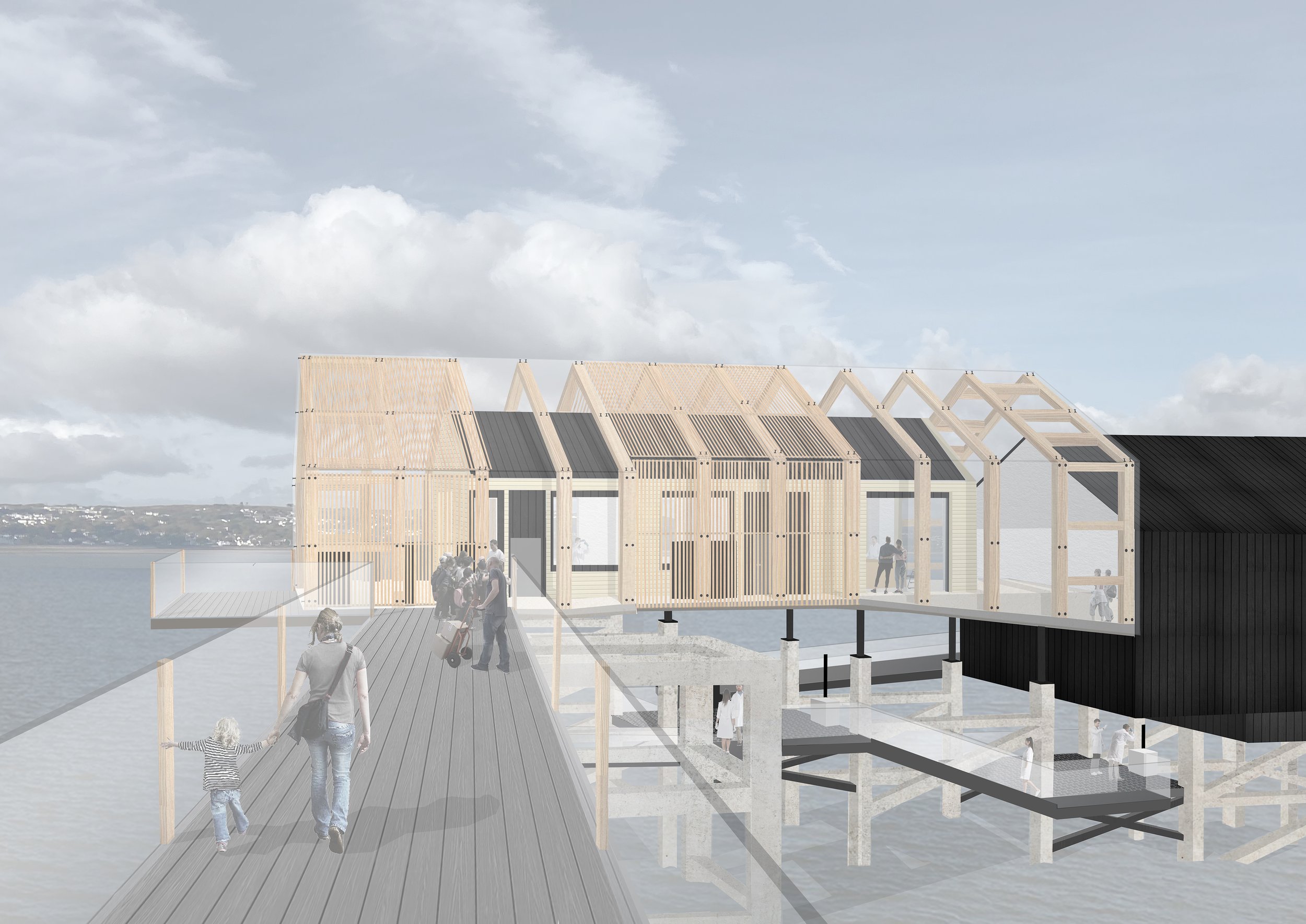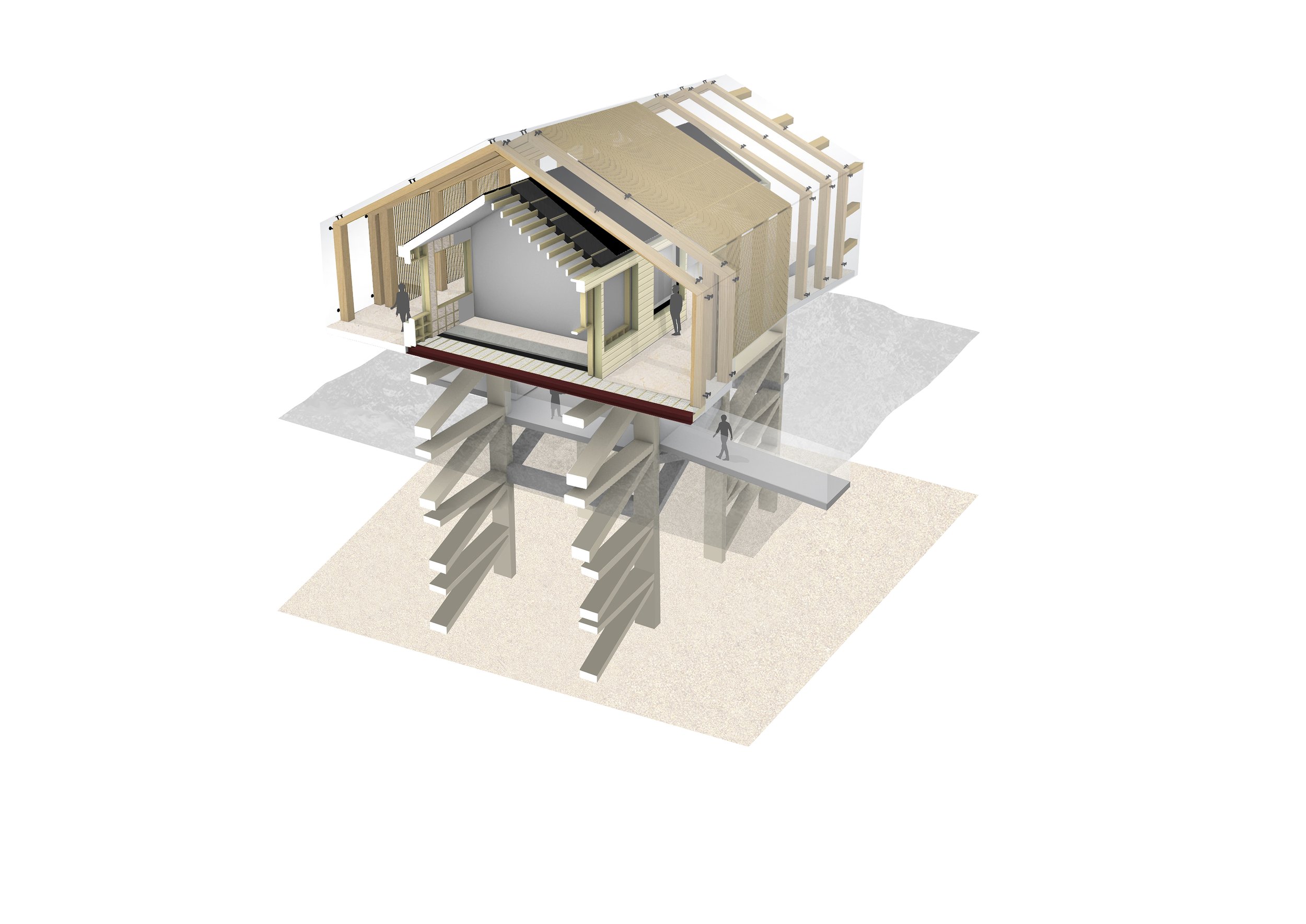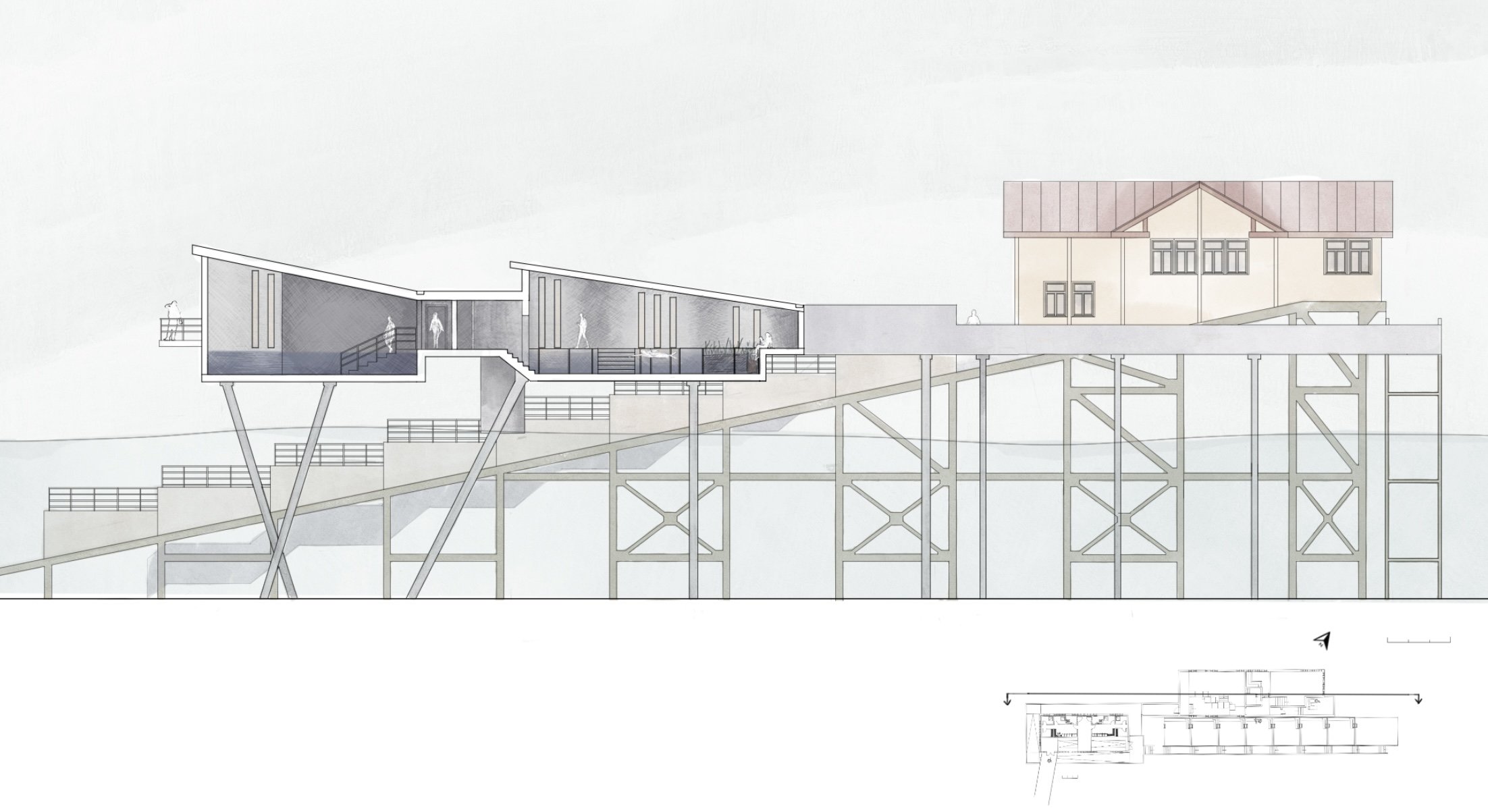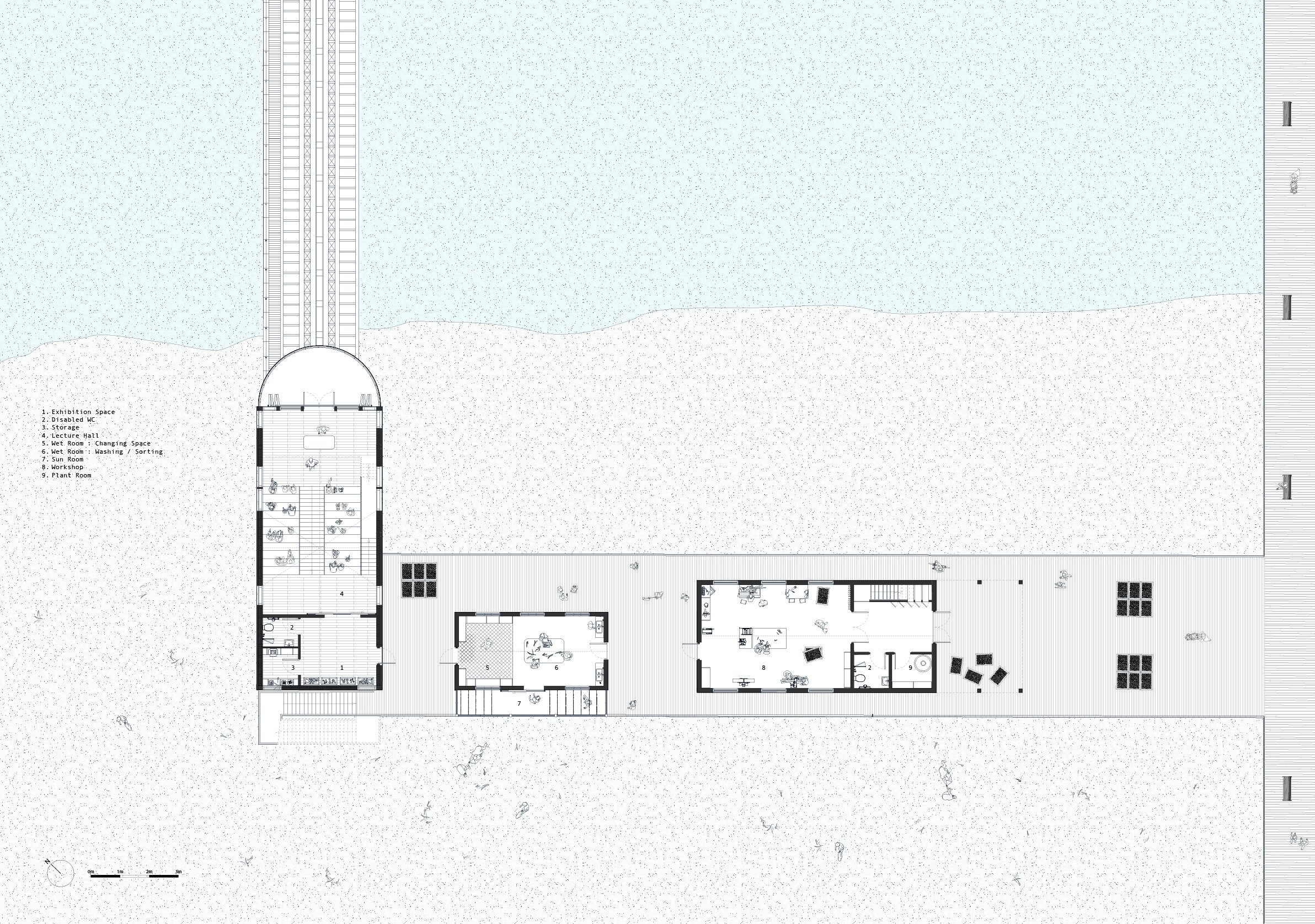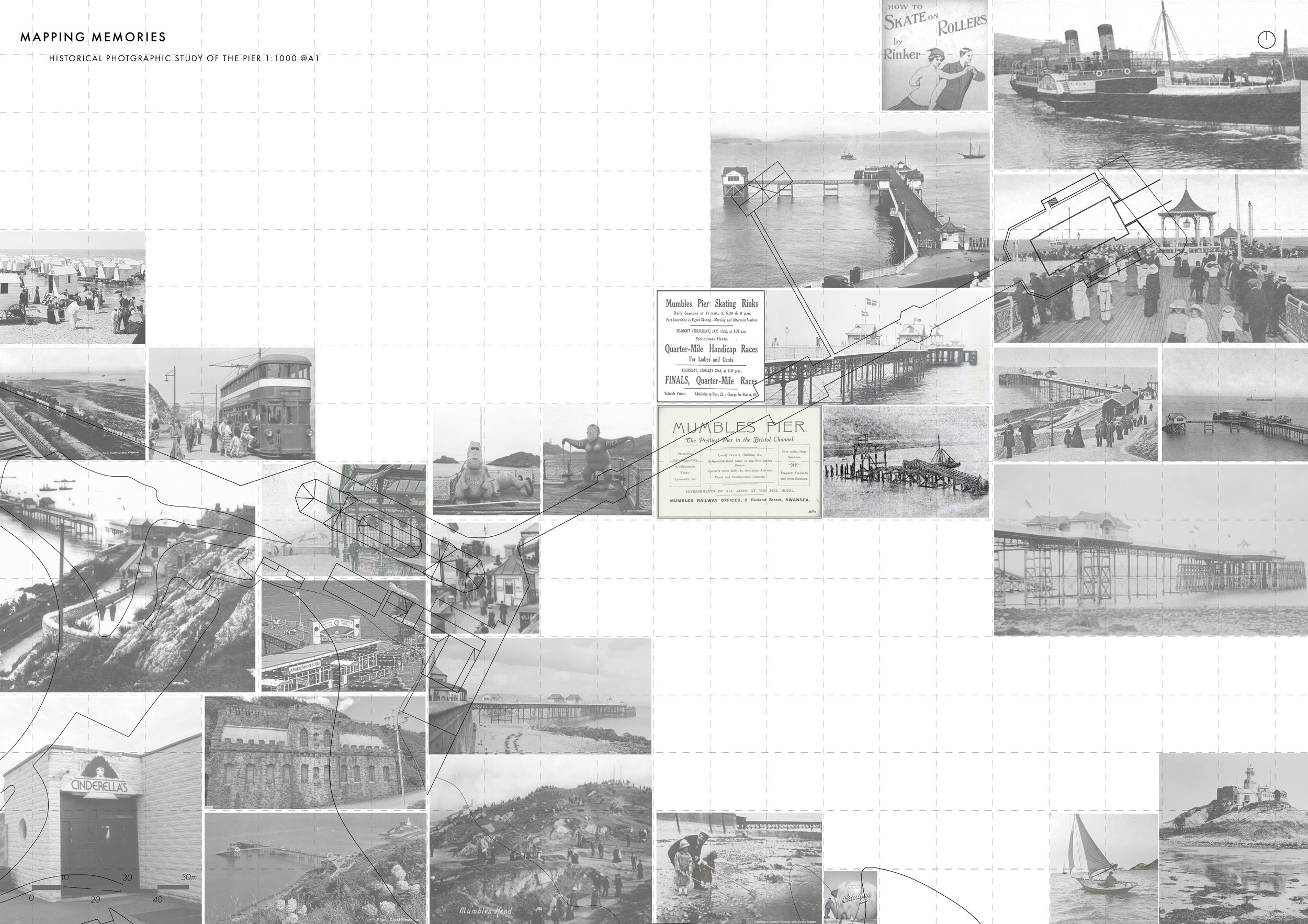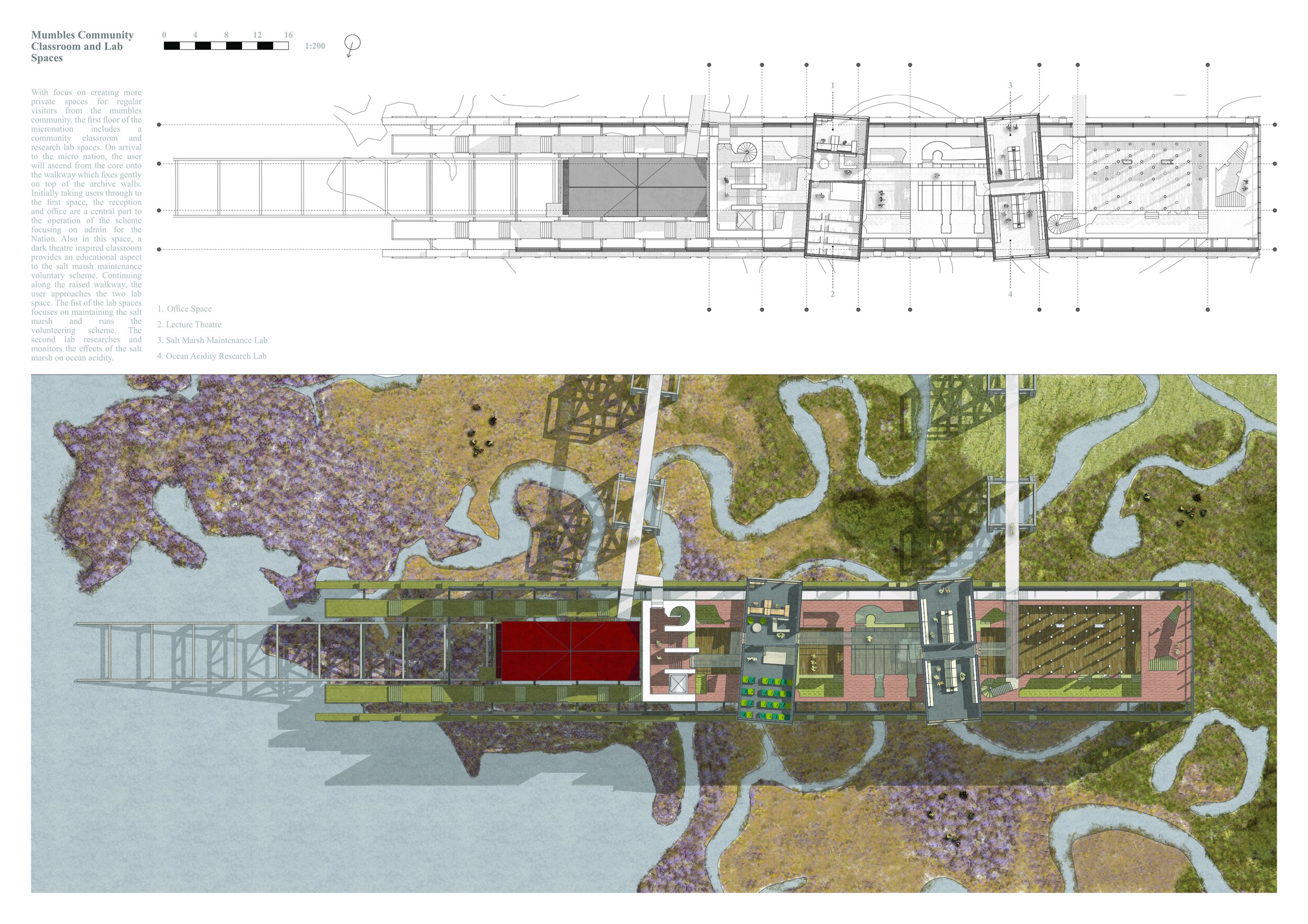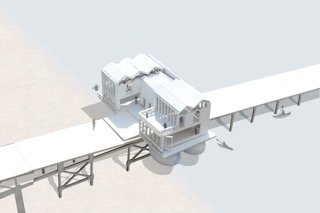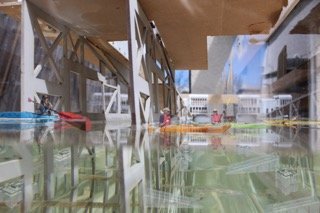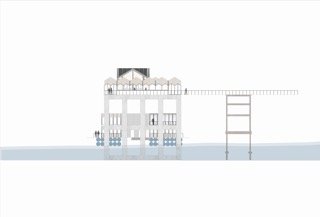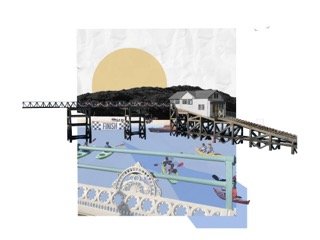UNIT H
Unit H, is focused on exploring the mechanisms and dynamics of gathering people in the built environment. Understanding them as never-ending conversations, places of conflict and resolution, where ideas are tested, nurtured and negotiated, embraced and displaced. Not a place to be rationalised, but tangled dialogues that architects must negotiate! We will investigate what role architecture and design can play as the mediator between local eccentricities, cultural perceptions and global trends, We will test how to construct the spectacle of every day and imagine how this could redefine our public spaces as playful and experiential civic centres. Within neighbourhoods, there are moments of temporary urbanism, vibrancy, liveliness and visual animation from events curated by locals. Sometimes, they become such moments of ephemeral urbanism that occur within the existing built environment that supports them but also go on to influence how the space changes. This is a symbiotic relationship and constantly changes people’s experience of the public realm. This year's briefs will explore this phenomenon, reflecting the performative nature of public space, which is only dynamically activated when occupied by a lively crowd.
-
Felicity Barbur - Lead Tutor
Gareth Marriott - Unit Tutor
Sonia Tong - Technology Tutor
John Hurle - Structures Tutor
-
Fred Bollom - Mumbles Pier (Client/Site Owner)
Kitty Bryne - Architect
Josh Brommer - Architect
Luciana Martinez - Lighting Designer
-
Year 2:
Mateo Bertolotti Ghersi, Kai Bickley, Ho Sam Hosea Cheung, Nicole Deakin, Alfred Duggan, Mysha Hossain , Mahbod Khoshnoud, Ella Mai Ochse , Mia Wedeman, Coralie Arakti Daou
Year 3:
Alice Acklam, Enererl Altankhuyag
Amara Baker, Zak Chadd
Scott Duckham, Mahir Kabir, Pretious Lottie, Alfie Mayes-Foster
Amalia Radasanu, Seyedefatemeh Sadatazimi , Alysia Sparkes , Joey Vollans
Alfie Mayes-Foster - A Village for Fishing - The number of fishing vessels in the UK has declined by 33% since 1996. Further economic disruption and the impact of overfishing has caused immense pressure on the fishing industry. The UK ensures that overfishing is sustainably managed by imposing quotas on fishing vessels. These quotas differentiate restrictions on vessel size and breed of fish. This has caused a particular strain on small scale fisheries (otherwise known as local fisheries) who are now forced to reduce their fishing practices. The ambition of the proposal stems from the changing quota of the exclusive economic zone that is dictated by the government. The proposal will become an adaptive strategy that accommodates growth and reduction of infrastructure in the fishing practice at the annual quota release. The proposal considers local fisheries, recreational fishing communities and sustainable tourism to support the development of the fishing practice in the Mumbles, and support fishing communities during the off-season.
Alfie Mayes-Foster
Alfie Mayes-Foster
Alfie Mayes-Foster
Alfie Mayes-Foster
Alfie Mayes-Foster - The Public Barometer - A traditional tide barometer is used to indicate how long is left until a high or low tide. The proposal aims to create a visual representation of a barometer that can be visually communicated to visitors and users of the sea, and an indicator that would allow users to know how long is left until a high or low tide whilst they are undertaking a certain recreational water activity. The proposal aims to create a lookout space and area for users to become educated about the tide change in The Mumbles and Swansea Bay area, in addition to a space that allows people to view and learn the system before entering the water. The public barometer proposal also aims to form a typological investigation into coastal lookout architecture. The proposal will become an intervention that sits within its local context sympathetically, yet also symbolise the traditional typological features of coastal lookout architecture.
Alice Acklam - With global climate change and rising sea levels as an increasing global issue, a sea level watch-house will bring together global and local scientists, alongside the local Mumbles community. The existing site - Mumbles Old Lifeboat station - brings a complexity of marine conditions and a Grade II listed status. The new proposal centralises scientist laboratories, surrounding them with observation and public education zones. The building leads the visitors through a series of learning zones to gain knowledge about rising sea levels, whilst level changes and aperture windows angle their views across the water and down onto the tide. The wrap-around atrium is a place for both raising climate change awareness and enjoying the panoramic views of the Mumbles maritime environment.
Alice Acklam
Alice Acklam
Alice Acklam
Alfie Mayes-Foster
Alysia Sparkes - Semester 1 - Dog drop off Located along mumbles seafront is a hub for dogs and dog lovers to congregate. The unique half moon form of the building allows for movement throughout the program to flow seamlessly. The lowered seating area has views across Swansea bay, allowing relaxation alongside the dogs that can move through spaces on ramps. Semester 2 - Located off the iconic tourist attraction of mumbles pier is the old boathouse. This site of historical significance has been left in disrepair in need of rejuvenation. My proposal focuses on the preservation of the old boathouse, and a contrasting new modern spa for active locals and visitors to relax in after exertion.
Alysia Sparkes
Alysia Sparkes
Alysia Sparkes
Alysia Sparkes
Alysia Sparkes
Alysia Sparkes
Alysia Sparkes
Amalia Radasanu
Amalia Radasanu
Amalia Radasanu
Amalia Radasanu
Amara Baker - The Seaweed Studio - Adapting to societies shift towards a more viable and sustainable future the Old Lifeboat Station will use communal building to become a hub of education and innovation on marine conservation and sustainability for the Sea Changers Charity. Workshops will be taught to the community and tourists explaining how to work with a naturally abundant marine material, seaweed, to create products such as modular pavilions which will be implemented onto the Pier to replace old pavilions and then deeper into the Mumbles.
Amara Baker
Amara Baker
Amara Baker
Amara Baker
Enerel Altankhuyag
Enerel Altankhuyag
Enerel Altankhuyag
Enerel Altankhuyag
Joey Vollans
Joey Vollans
Joey Vollans
Joey Vollans
Joey Vollans
Joey Vollans
Joey Vollans
Joey Vollans
Joey Vollans
Lottie Pretious
Lottie Pretious
Lottie Pretious
Lottie Pretious
Lottie Pretious
Lottie Pretious
Lottie Pretious
Lottie Pretious
Seyedefatemeh Sadatazimi - Digital detox retreat centre - After doing population research, I realized year by year the number of people who are dealing with anxiety, depression and loneliness is increasing. Among the whole UK population, employees facing more stress annually. As well as that, senior people are the main age group which are dealing with loneliness. Considering the fact that majority of the Mumbles population consists of elderly people, I decided to develop my brief around designing a place for these two use groups. Currently digital gadgets are the main means of communications and in order to take a step away from workplace stresses is to avoid digital devices. As well as that senior people are not the biggest fan of technology, and they can easily find their way through life without them. These retreat centre consists of library of healthy activities which none of them requires technology such as cooking, exercising, and meditating. Local elderly by engaging in the community kitchen can overcome the feeling of loneliness and spend their free time with their neighbours and new people. The niche visitors can spend a few days in these retreat centre and as well using the facilities and detoxicating from workplace, develop a better and healthier lifestyle which doesn’t lean on technology.






